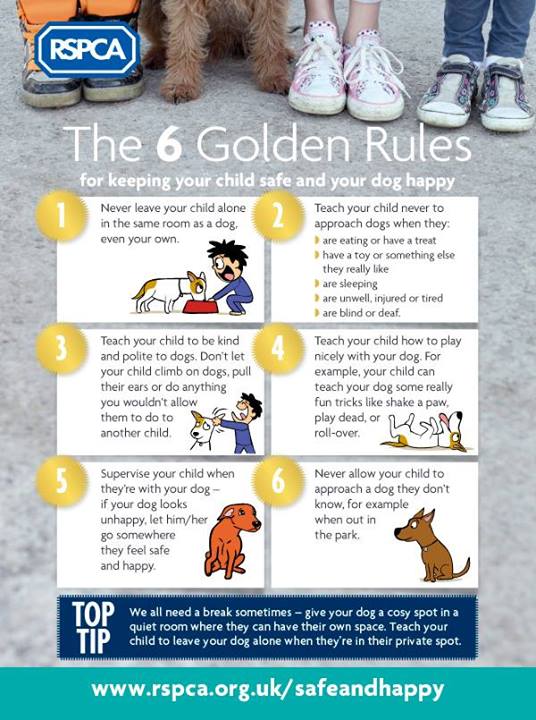This is one of the most recent “scare tactic” hoax/posts I’ve seen going around Facebook. As usual, most people will pass it on, like a dirty penny or a chain letter, “just to be safe,” without bothering to do even the minutest amount of research.
But since I deal in dogs, so to speak, I wanted to know, naturally.
The main body of the text text goes something like this:
Hello Everyone,
I am writing this in hopes that some may learn from what I just went through. We were having a good weekend till Saturday. On Saturday I showed my Baran and left the ring. He was looking good and at the top of his game. He had a chance at no less then one of the two AOM’s.
It did not work out that way. After showing we went back to our site/set up and got the dogs in their crates to cool off. After being back about 30 min. I noticed Baran was low on water. I took a hand full of ice from my cooler and put it in his bucket with more water. We then started to get all the dogs Ex’ed and food ready for them.
I had Baran in his 48′ crate in the van because this is the place he loves to be. He loves to be able to see everyone and everything. After checking him and thinking he was cooled off enough, we fed him. We walked around and one of my friends stated that Baran seamed like he was choking. I went over and checked on him. He was dry heaving and drooling. I got him out of the crate to check him over and noticed he had not eaten. He was in some distress. I checked him over from head to toe and did not notice anything.
I walked him around for about a minute when I noticed that he was starting to bloat. I did everything I was taught to do in this case. I was not able to get him to burp, and we gave him Phasezime.
We rushed Baran to a vet clinic. We called ahead and let them know we were on our way. They were set up and waiting for us. They got Baran stablized very quickly. After Baran was stable and out of distress we transported him to AVREC where he went into surgery to make sure no damage was done to any of his vital organs. I am very happy to say Baran is doing great, there was no damage to any vital organs, and he still loves his food.
In surgery the vet found that Baran’s stomach was in its normal anatomic position. We went over what had happened. When I told the vet about the ice water, he asked why I gave him ice water. I said that I have always done this. I told him my history behind this practice and his reply was, “I have been very lucky.” The ice water I gave Baran caused violent muscle spasms in his stomach which caused the bloating. Even though I figured his temperature was down enough to feed, and gave him this ice water, I was wrong. His internal temperature was still high. The vet stated that giving a dog ice to chew or ice water is a big NO, NO! There is no reason for a dog to have ice/ice water. Normal water at room temperature, or cooling with cold towels on the inner thigh, is the best way to help cool a dog. The vet explained it to me like this: If you, as a person, fall into a frozen lake what happens to your muscles? They cramp. This is the same as a dog’s stomach
I felt the need to share this with everyone, in the hopes that some may learn from what I went through, I do not wish this on anyone. Baran is home now doing fine. So please if you do use ice and ice water, beware of what could happen.

“I think I’ve had too much…”
Naturally, any dog lover who has given their dog ice water before is probably either in fits of guilt and relief that they didn’t kill their beloved furbaby, or they are calling “bullsh*t.”
One of the main concerns is that ice water could potentially cause a painful and life threatening condition known as “bloat,” torsion, or gastric dilatation-volvulus (GDV) (for more info on bloat, please see BUF’s post here.)
Contrary to what is claimed in the above scare article, putting ice cubes in a dog’s water bowl may actually help prevent “binge drinking,” a common behavioral problem where a dog slurps his water too quickly (which is something that actually CAN cause stomach issues.) (source)
In case you’re not sure this isn’t just one more website that may have gotten it wrong, here are a few more links from people that just aren’t buying the whole anti-ice argument. But to be sure, you can always go ahead and ask your trusted vet!
Kelly- ABCDT
Related links:
http://www.snopes.com/critters/crusader/icewater.asp
http://www.ehow.com/info_8259385_happens-give-dog-ice-water.html
http://www.hoax-slayer.com/ice-water-harmful-dogs-myth.shtml
http://www.petmd.com/blogs/fullyvetted/2010/july/internet_myths-10213












